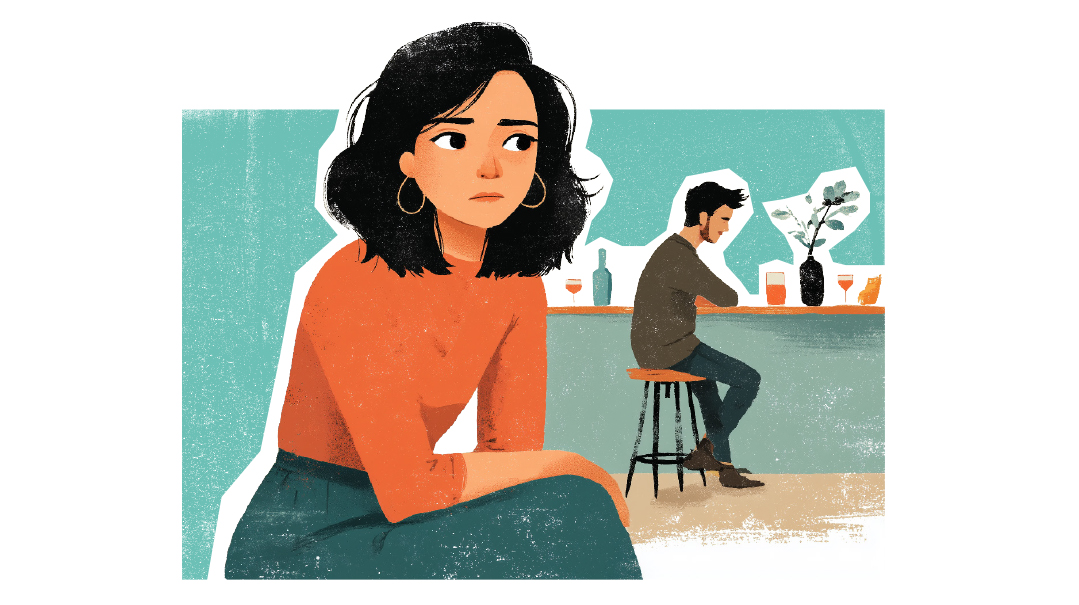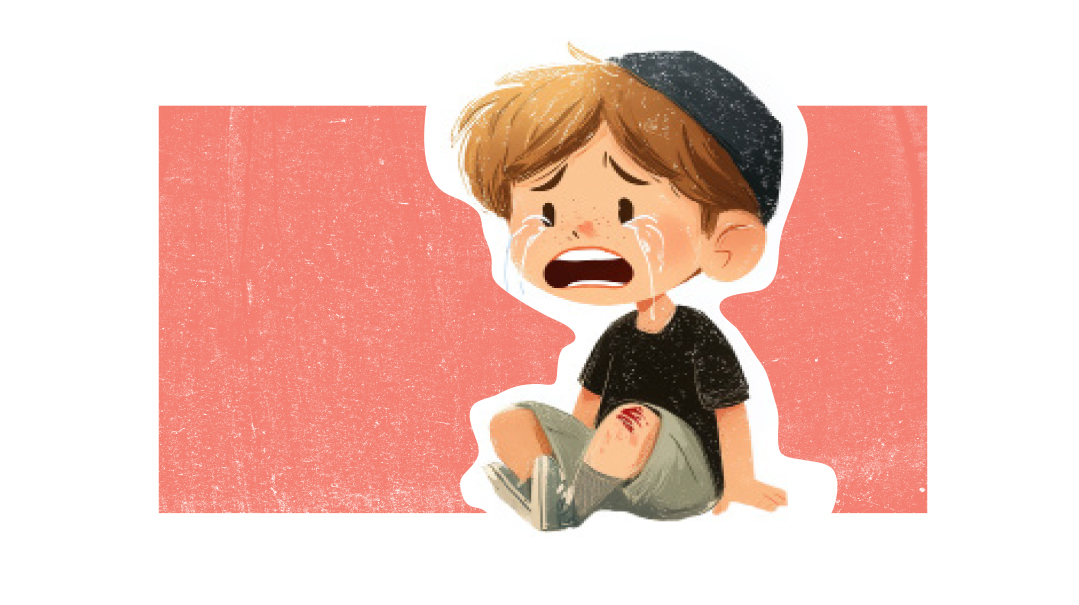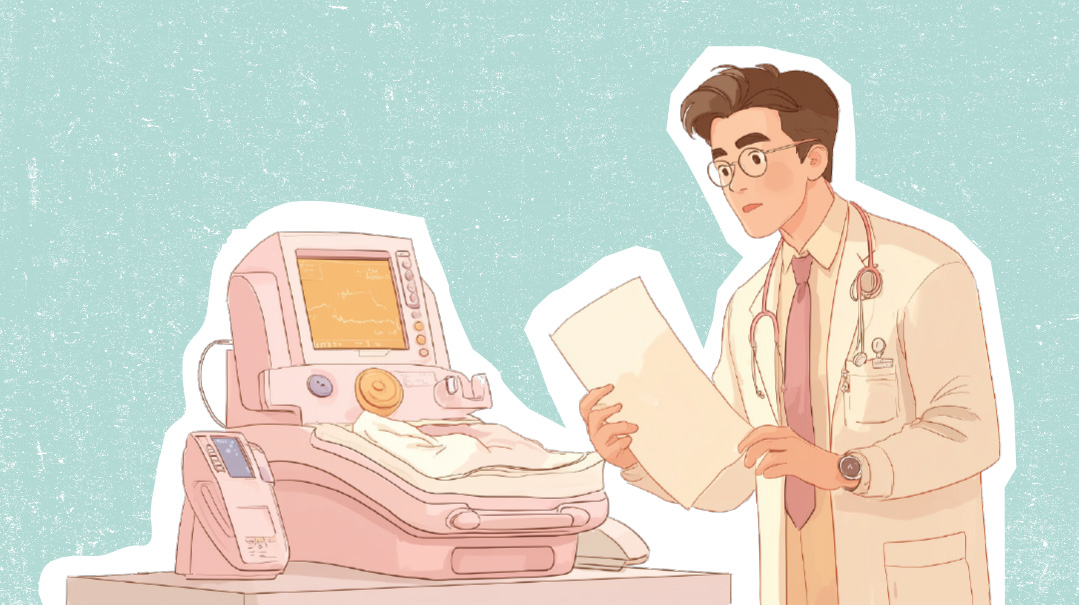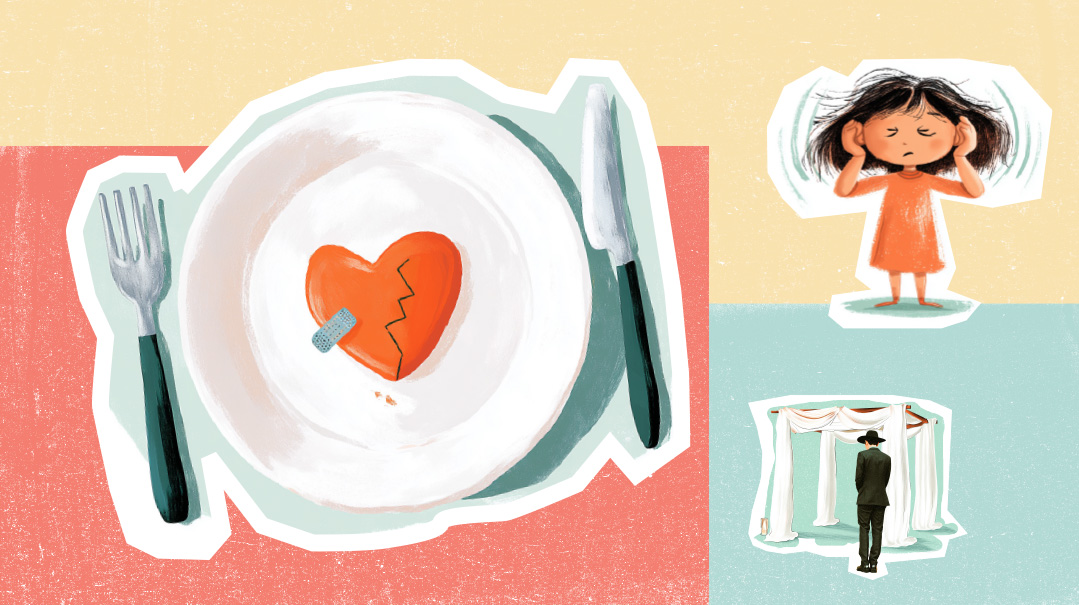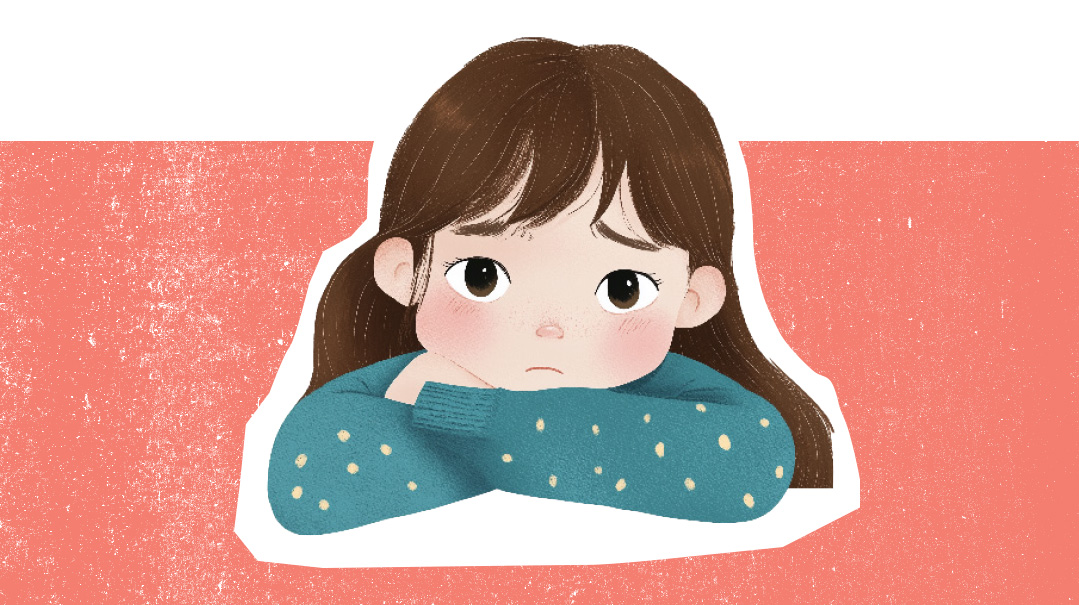You CAN Do It
| August 23, 2022How do we learn to believe in ourselves and feel empowered to do things that feel out of reach? Try I C.A.N.
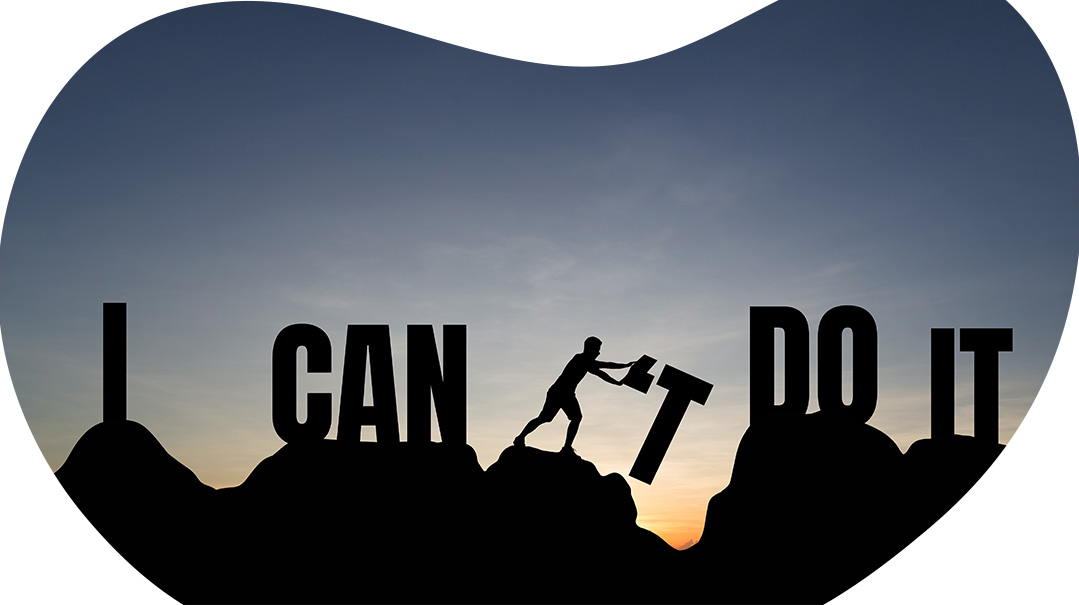
You CAN Do It
Shira Savit, MA, MHC, INHC
“I can’t cut out sugar — it’s too hard.”
“I can’t stop eating at night.”
“I can’t go through Shabbos without overdoing it.”
Many of us have an “I can’t” attitude regarding something in our lives. Whether we’re dealing with food, motherhood, exercise, relationships, or internal work, the “I can’t” voice is like an insurmountable mountain, telling us we will never succeed. When women tell me: “I can’t…xyz…,” I teach them: Yes, you CAN. It starts with changing your mindset.
Of course there are things that we literally Can’t do, the capital-C Can’ts. I Can’t make a call if my battery is dead. I Can’t fly.
But most of the time when we mutter, think, or even shout the words: “I can’t!” we aren’t referring to the capital-C Can’ts; we’re describing an emotional state. When we say I can’t, we might really be saying: I feel helpless. I don’t have enough belief in myself. For example: I can’t get up and exercise every morning could really mean: I don’t believe in my ability to do this, I don’t think I could actually stick to a routine like this, or, I know this won’t last because it never has in the past.
How do we overcome the “I can’t” voice? How do we learn to believe in ourselves and feel empowered to do things that feel out of reach? Try I C.A.N.
I CAN is a way to change our belief system from one that makes us feel like victims to one that makes us feel like victors:
Choices. The first step in developing an I CAN attitude is to make a Choice. The act of making choices enables us to discover we are not helpless; we are capable and empowered. For example: I can’t stop eating the dessert. Make a choice. Choose to have one less cookie, or to put some aside for later, or to slow down while you’re eating that dessert. Can’t stop emotionally eating? Choose to invest in self-care, to distract yourself with enjoyable activities, to call a friend, read a magazine, take a walk — you choose!
Action. After we make a decision, it’s imperative that we take action, i.e., do what we decided. We can make choices in our head all day long but without action, nothing changes. I can choose to exercise for ten minutes a day, but if I don’t take action, I might find myself sitting on the couch at the end of the day, too exhausted to even think about putting on my sneakers.
Notice what IS working. Throughout your day, instead of focusing on the things you can’t do, focus on what you are doing. Notice your successes; compliment yourself on your victories, and take pride in your accomplishments. You stopped after one piece of cake? Nice! Notice the novelty, enjoy the new feeling generated by choice plus action. You gave yourself 20 minutes to rest? Terrific! Notice the way your body thanks you for that breather. When we notice sensations, our brain has a chance to form new neural pathways. Victorious feelings can come to replace feelings of helplessness as we increasingly notice that we have the power to choose, and we choose to tap into that power.
When you find yourself feeling like you can’t climb up that mountain, remind yourself: of course I CAN. I have Choices. I can choose to take breaks. I can choose to hold my friend’s hand and climb together with her, I can choose to try again tomorrow when I feel more rested and stronger.
I will take Action. I put on sneakers. I rest my legs for a few minutes. I call a friend to escort me. I daven for help.
I Notice how proud I feel. I notice that I feel like a warrior. I notice how many steps I have taken thus far. I notice the refreshing feeling of the air blowing across my face as I climb higher and higher.
I CAN get there; each step makes me stronger and more empowered. When I believe in myself, I CAN get anywhere.
Shira Savit, MA, MHC, INHC is a mental health counselor and integrative nutritionist who specializes in emotional eating, binge eating, and somatic nutrition. Shira works both virtually and in person in Jerusalem.
Hold That Feeling
Zipora Schuck
The expression “holding space” describes allowing someone to experience big emotions without limiting or changing them.
As women, we naturally have the superpower of problem-solving, and in our quest to help our child or soothe our own discomfort with their feelings, we sometimes try to use that superpower too quickly.
For example, our young child just received a helium balloon on a string. They inadvertently let go of the string — and the balloon flies up to the sky. The child weeps. The mother, not wanting to see her child in pain, may try to fix the situation: “Don’t cry, we’ll get another one!” Or she may shut down the situation by passing judgment on the intensity of the feeling: “Enough crying, it was only a balloon.”
The rush to end or invalidate a big emotion may lead to children who are unable to identify and fully experience their feelings, growing into adults who are somewhat disconnected from their bigger emotions.
Holding space is acknowledging the difficult feeling the other person is having, and providing an empathic and safe place to feel that way: “You’re so sad that the balloon flew up. It’s okay, you can cry.” Often, the child is then able to let the emotion run its course, to regulate themselves and move on in a healthy way: “I was crying and now I’m done.”
Even better, with enough time, they develop their own problem-solving ability: “Can I blow up some balloons when we get home?” Holding space for feelings allows them to work their way through the system.
Beyond Mistakes
Sara Eisemann, LMSW, ACSW
“Don’t cling to a mistake just because you spent a lot of time making it” — Unknown
Mistakes are like every other important thing in our lives. The more we invest in them, the more attached we become to them. And the more attached we become, the less objective we can be.
No one starts out determined to make a mistake. We make choices because they seemed reasonable at the time. They resonated with some part of our internal schema for life. And generally, they work. Until they don’t.
At that point the question becomes: Can we be open enough to reevaluate? Can we consider that perhaps this was the wrong choice? Or that it served us well when we started, but it no longer does? Can we separate the choice from ourselves? Can we see that making a mistake does not mean we are a mistake?
Often, we cannot. We get caught in the trap of proving we were right because we can’t bear the thought of being wrong. The time we spent, the identity we built, the resources we invested, the sacrifices we made — they all seem too big to leave behind. So we rationalize and justify and invest more and more to make it right. We throw good money after bad, destroy our souls as we try to salvage toxic relationships, and break our spirits pursuing dead ends.
As we know, insanity is doing the same thing over and over, and expecting different results. It takes incredible determination and strength to acknowledge the end of a road and to pivot. It takes wisdom to know when to adjust and when to surrender. But mostly, it takes great courage to say, “I made a mistake. I learned a lot. I’m moving on.”
Sara Eisemann, LMSW, ACSW, is a licensed therapist, Directed Dating coach, and certified Core Mentor.
(Originally featured in Family First, Issue 807)
Oops! We could not locate your form.

